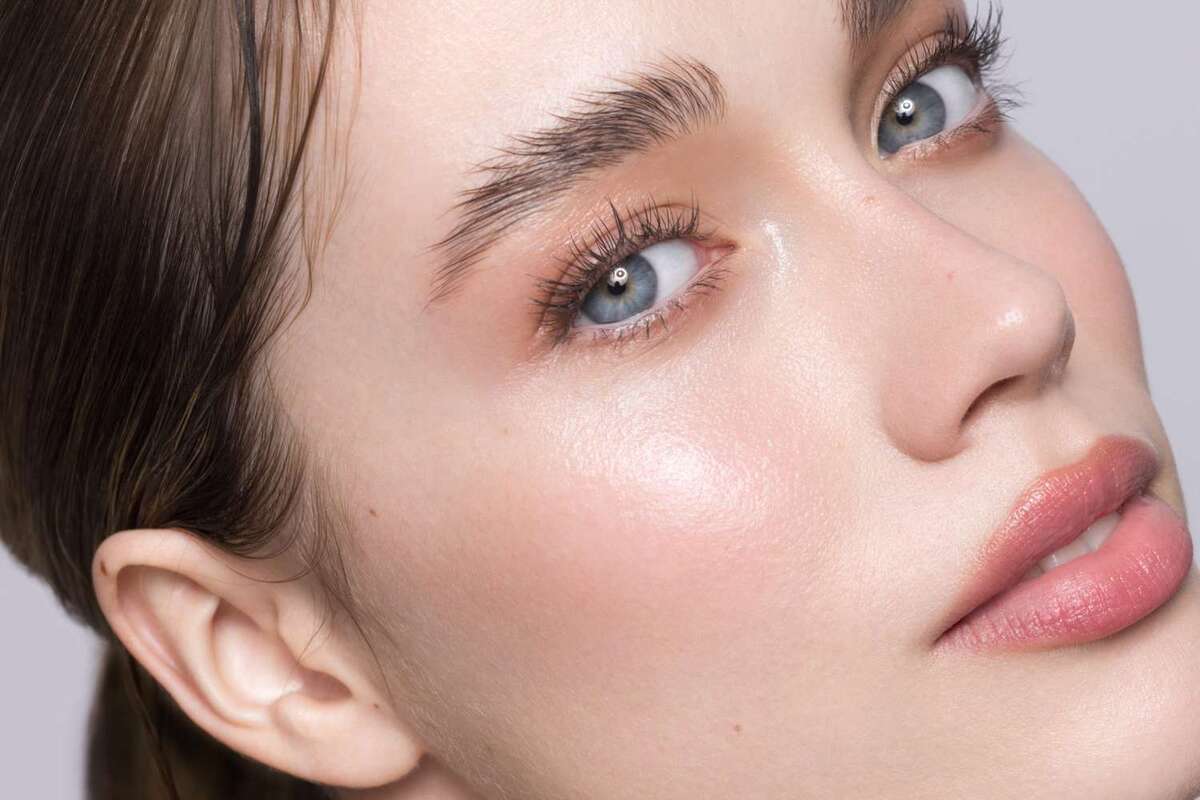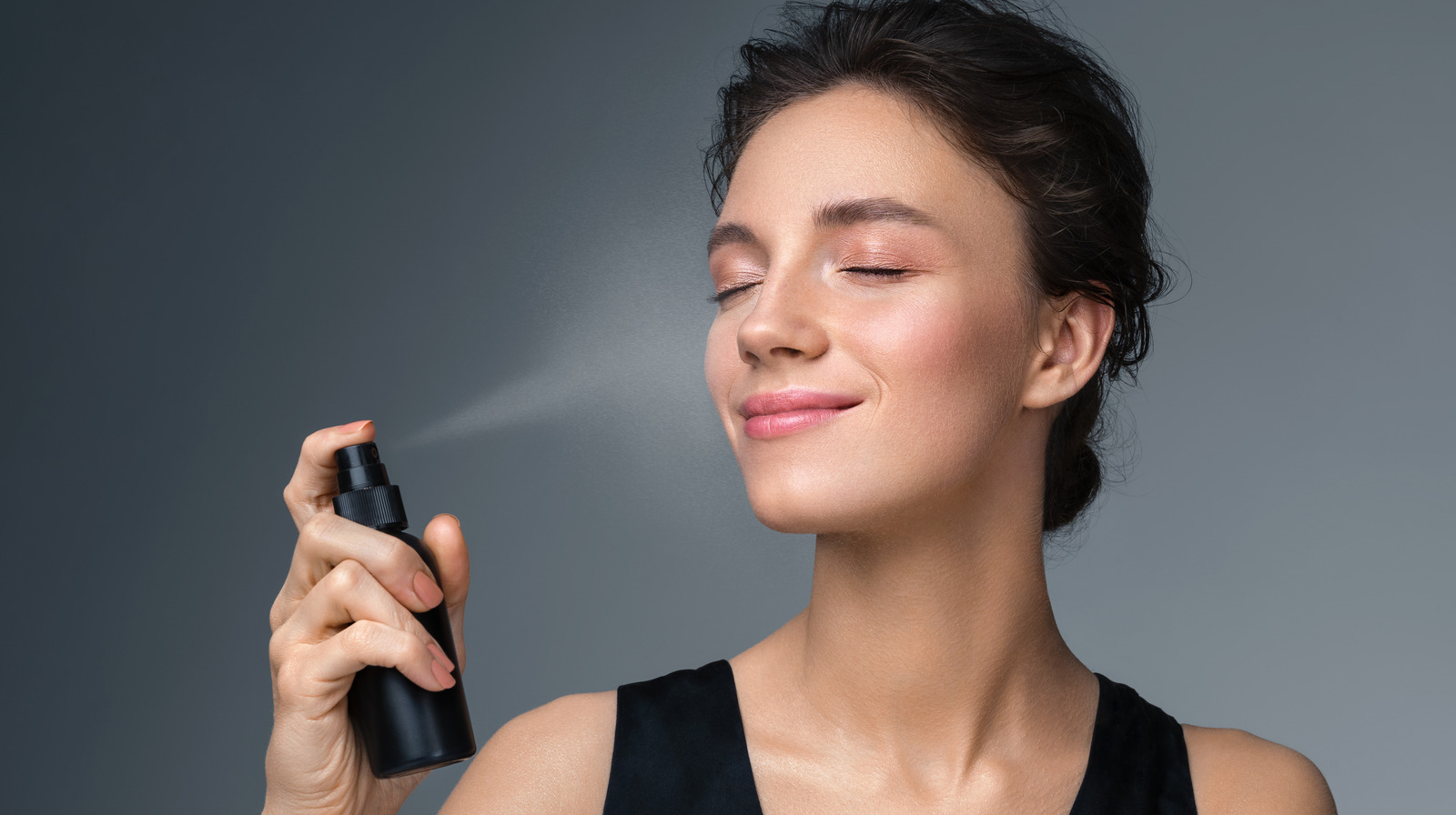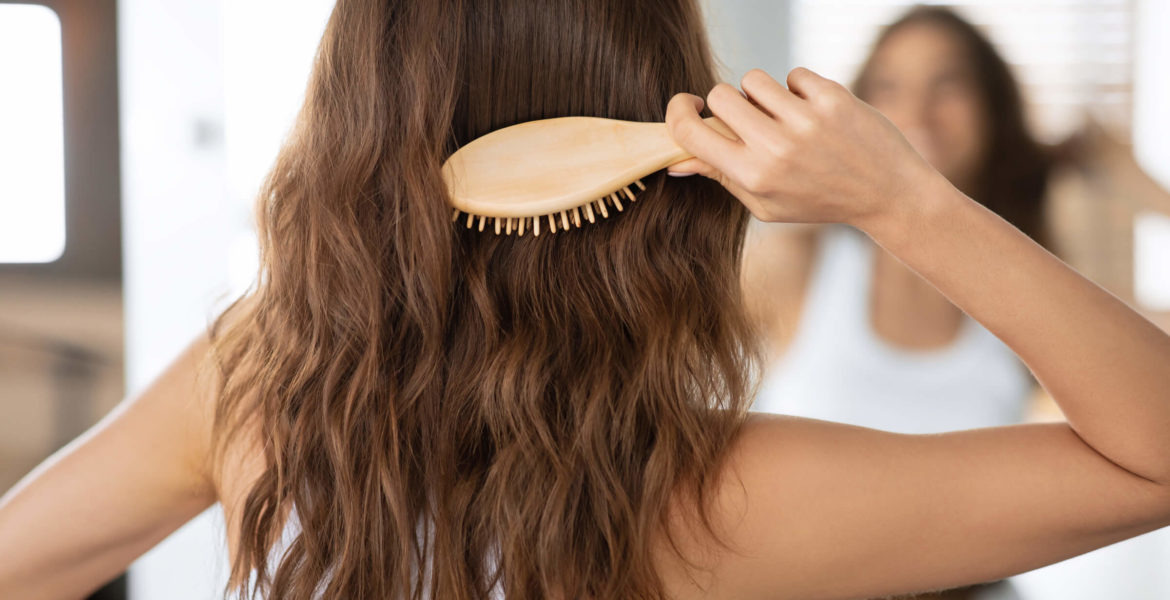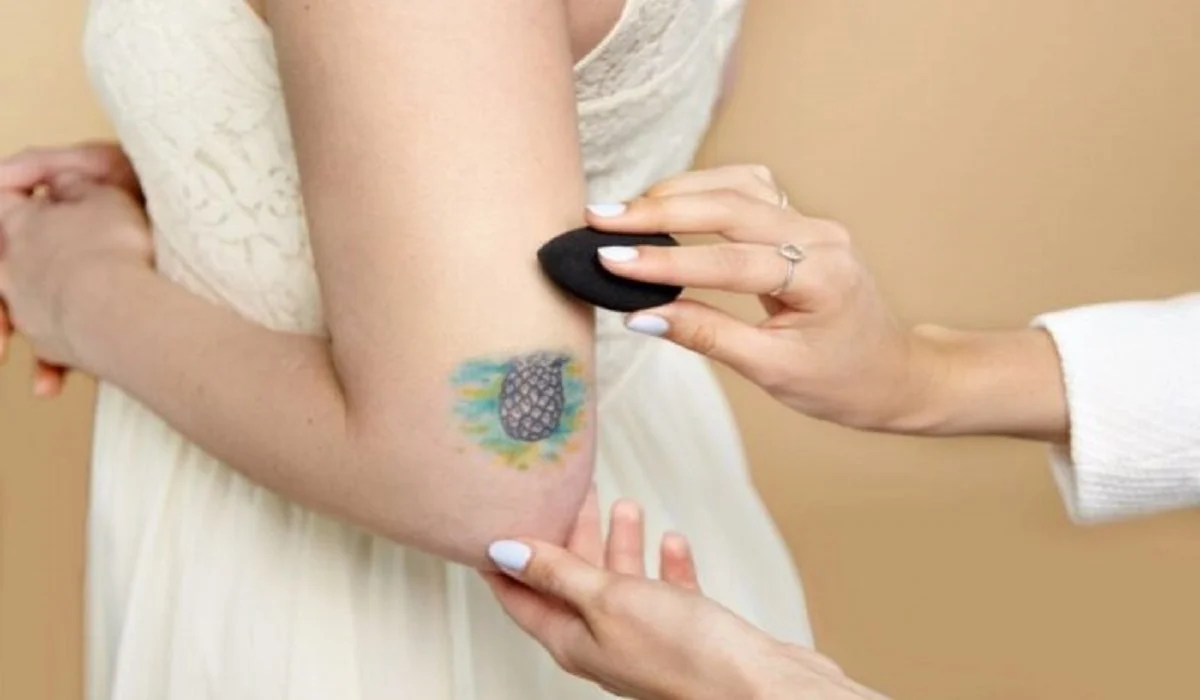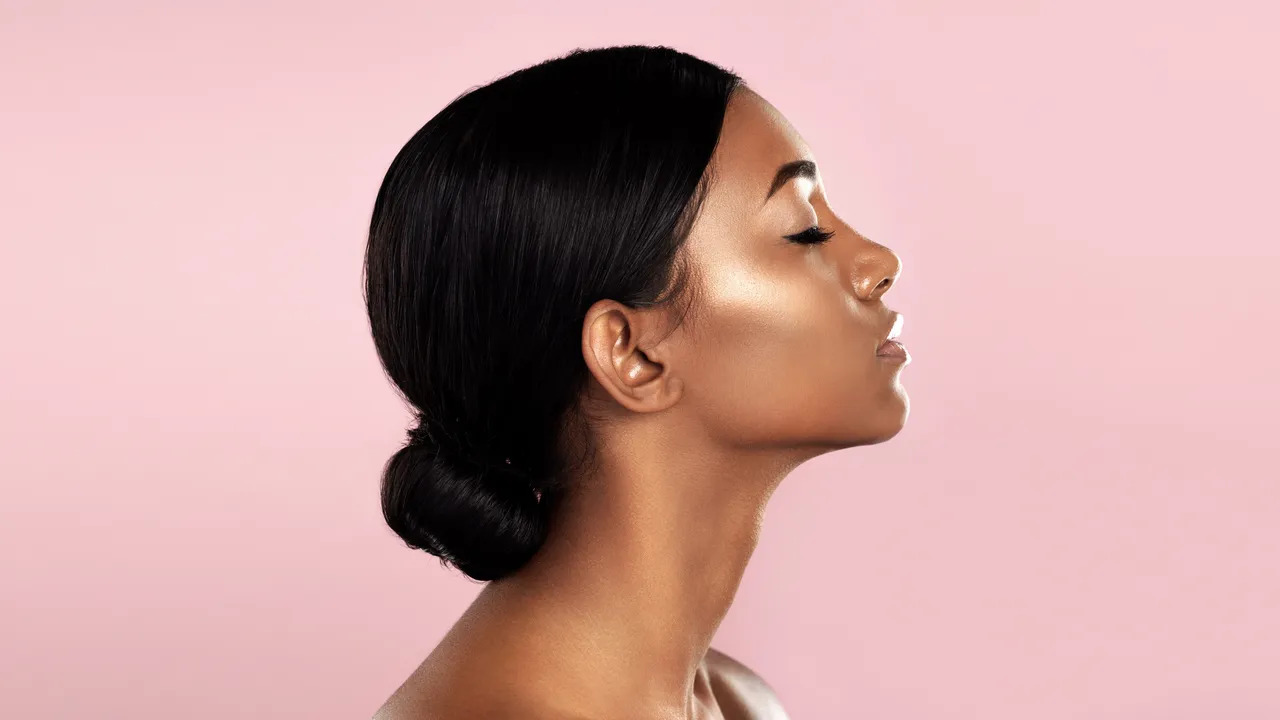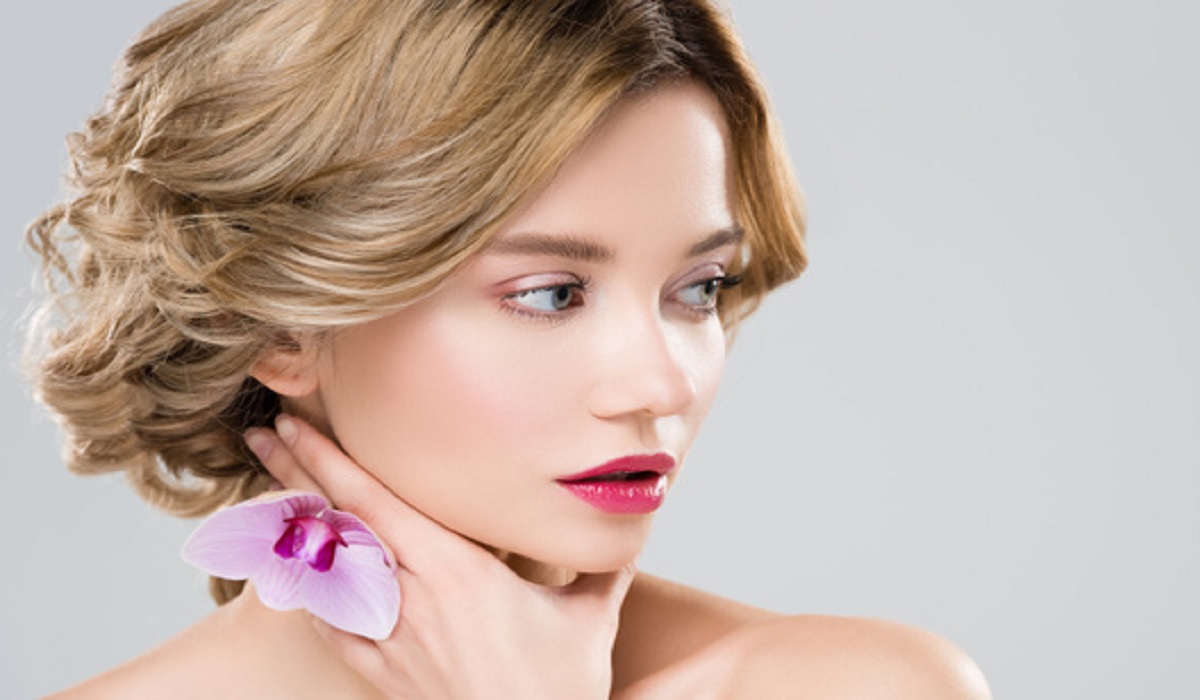On the other hand, the chronic dark under-eye circles can shadow even the best and brightest version of us. In this case, the shadows that genetics, lack of sleep, or lifestyle choices are attributed to make us look much older or more fatigued than we actually are. Most of the time, it’s actually within your reach. This is an in-depth article looking into the causes of under-eye circles and how to hide them with a multi-step approach, finally discussing other strategies that may be of benefit in ensuring your eyes reflect your inner vibrancy.
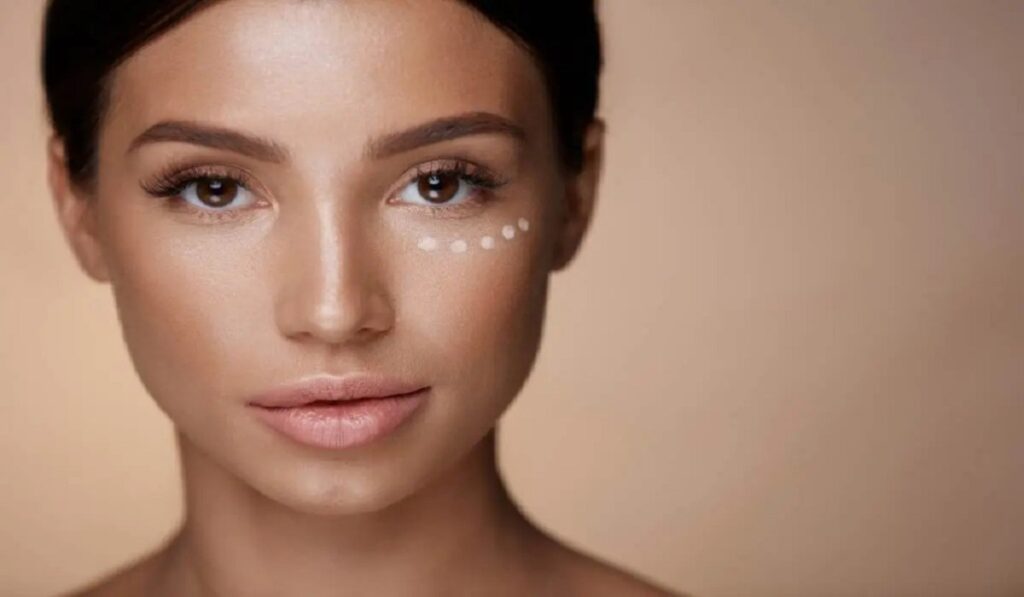
The Genesis of Shadows: Unveiling the Causes
Even before going through the process of how to hide the dark circles on a journey, it is paramount to understand where they come from. There are several reasons that bring this about, and all have to be given full, separate, covered-up attention.
Genual Inheritance: A common culprit, especially when it comes to thin skin running in the family around the eyes, making the blood vessels more pronounced.
The Sleep Factor: Poor sleep may lead to the dilation of the blood vessels located under the eyes, hence contributing to the dark circles.
- Age’s Toll: With age, skin can thin, making the under-eye area more susceptible to shadowing.
- Allergy Alert: Allergic reactions can exacerbate under-eye darkness and puffiness.
- Melanin’s Mark: Those with more melanin may notice darker under-eye areas due to pigmentation.
- Hydration’s Role: Adequate moisture can brighten the under-eye, while dehydration darkens and dulls the area.
Step One: Prime Your Canvas
Preparing the Under-Eye Area for Concealment
A flawless makeup application begins with preparation. Here’s how to ensure the under-eye area is primed and ready:
- Clean Slate: Gently cleanse to remove any impurities, ensuring a smooth application.
- Mojsonize Moisture Matters: Apply your eye cream to moisturize and give the concealer something to grab onto to prevent it from settling into lines.
- Sunshield: Protect the delicate under-eye skin with a broad-spectrum sunscreen of SPF 30 or higher.
Choosing Your Concealer
Finding Your Perfect Match
Selecting an ideal concealer is more art than science, involving consideration of shade, formula, and skin undertone:
Shade Selection: If the discoloration that needs to be corrected is of a bluish or purplish tinge, then look for a concealer that is one or two shades lighter than your natural skin tone, concealing with peach or salmon undertones.
- Formula Focus: Opt for creamy, hydrating concealers that offer coverage without settling into fine lines.
- Undertone Understanding: Match the concealer’s undertone with your skin’s—warm for warm, cool for cool.
Step 3: Masterful Application
Techniques for Seamless Concealment
Application technique can make or break your concealing efforts. Achieve a natural, even coverage with these steps:
- Dot and Dab: Apply dots of concealer evenly over the area, patting softly with stippling motions using either a brush, a sponge, or fingertip.
- Set to Perfection: Use a translucent powder to set the concealer, avoiding creasing and ensuring longevity.
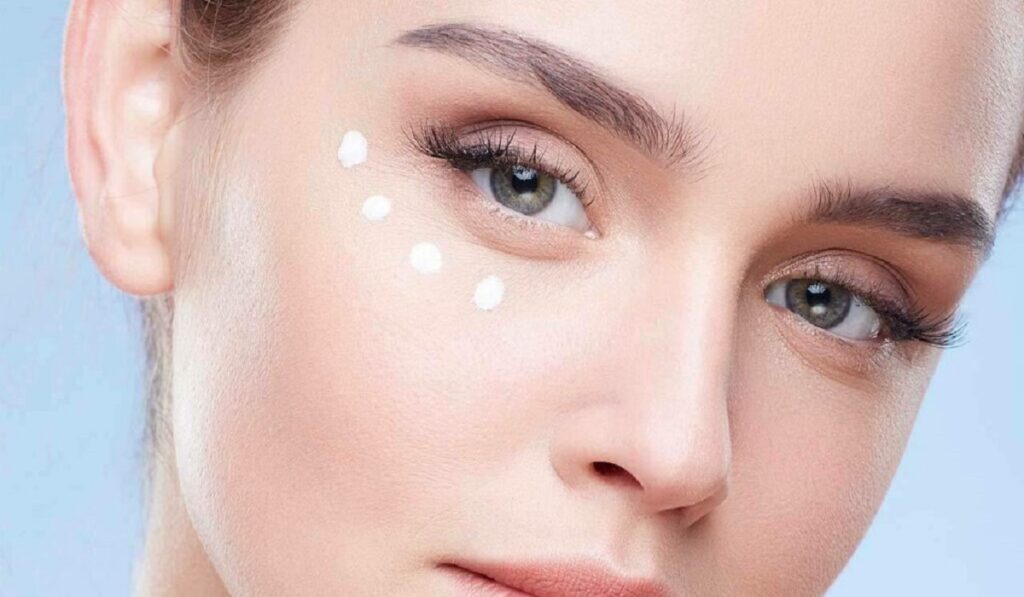
Concealing Mastery
Elevating Your Technique
Enhance your concealing game with additional tips:
- Color Correction: Neutralize bluish-purple hues with a peach or salmon-toned corrector before applying concealer.
- Less is More: Start with a small amount of concealer to avoid a cakey look, adding more as needed.
- Blend Well: Ensure the concealer edges blend seamlessly into your foundation and natural skin tone.
- Stay Hydrated: Internal hydration reflects externally, so drink plenty of water and use hydrating eye creams.
Step 5: Final Touches
Setting Your Masterpiece
To maintain your under-eye concealment throughout the day:
- Light Dusting: Apply a light layer of translucent setting powder with a fluffy brush.
- Moderation is Key: Avoid excessive powder to prevent accentuating fine lines.
- Lock It In: Finish with a setting spray for a lasting, natural look.
Conclusion
Surely, the steps provided could cover the dark circles under the eyes, given the right information and tools offered, knowing the causes in advance, precise preparation, selection, application, and setting of all steps scrupulously. Bring forth bright and youthful eyes with these tips followed; and with them, the natural beauty shall shine more confidently.
- Can diet affect dark under-eye circles? Yes, a balanced diet rich in vitamins can improve skin health and potentially reduce dark circles.
- How often should I apply eye cream for optimal results? For best results, apply eye cream twice daily, in the morning and at night.
- Is it possible to permanently remove dark circles? Although several treatments can reduce the appearance of these conditions, genetics is a major role player, and permanent removal might not be a choice for many people.
- Can allergies be treated to reduce under-eye circles? Allergic reactions should be treated with antihistamines, and by avoiding the allergen to help reduce the development of under-eye circles from the course of the allergic.
- What lifestyle changes can help minimize dark circles? Maintaining a regular sleep schedule, staying hydrated, and reducing salt intake can help minimize dark circles.
- Are there any professional treatments recommended for severe under-eye circles? More severe under-eye circles may be best treated with professional treatments that are administered by a dermatologist or cosmetic surgeon.



